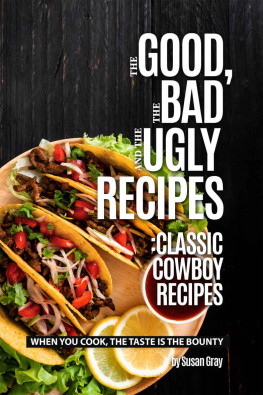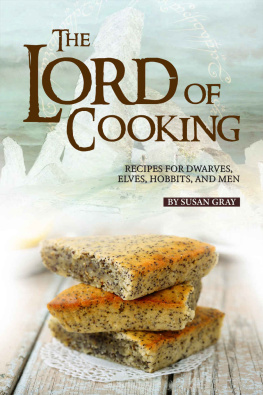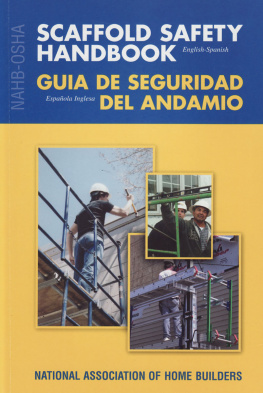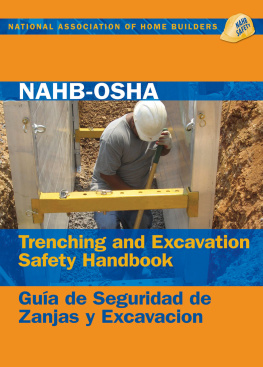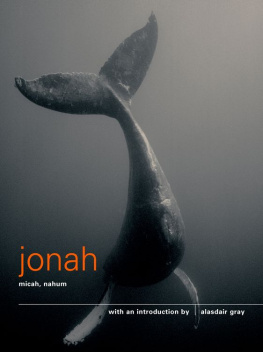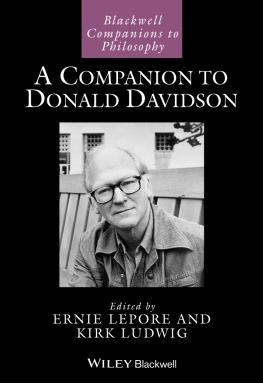1996, 2018 by Osha Gray Davidson
Introduction 2007 by Osha Gray Davidson
All rights reserved
Originally published by Scribner in 1996.
Paperback edition published by the
University of North Carolina Press in 2007.
Designed by Erich Hobbing
Text set in Aster
Manufactured in the United States of America
The paper in this book meets the guidelines for permanence and durability of the Committee on Production Guidelines for Book Longevity of the Council on Library Resources.
The Library of Congress has cataloged the original edition of this book as follows:
Davidson, Osha Gray
The best of enemies: race and redemption in the New South / Osha Gray Davidson.
p. cm.
Includes bibliographical references (p. ) and index.
1. Southern StatesRace relationsCase studies. 2. Durham (N.C.)Race relationsCase studies. 3. Social changeSouthern StatesCase studies. 4. Civil rights workersSouthern StatesCase studies. 5. Ku Klux Klan (1915 )Southern StatesCase studies. I. Title.
E185.61.D29 1996
305.8009756dc20 95-45543
CIP
ISBN 978-0-8078-5869-1 (cloth: alk. paper)
ISBN 978-1-4696-4660-2 (pbk.: alk. paper)
ISBN 978-1-4696-4661-9 (ebook)
Cover illustration: Motion Picture Artwork 2018 STX Financing, LLC.
All Rights Reserved.
Acknowledgments
I first read about the amazing friendship between C. P. Ellis and Ann Atwater in Studs Terkels book Race. The story of two individuals who stepped across the color line was something specialeven among the many other moving voices Terkel had coaxed into print. I am deeply indebted, therefore, to Studs Terkel, and not only for bringing this unique tale to my attention. For years, he has been the interviewer Ive tried to model myself upon: passionate yet never polemical, probing but entirely respectful, and always fully engaged. He interviews peoplenot subjectsand its a distinction Ive worked to remember.
Of course, my primary debt is to C.P. and Ann. For over two years, they answered my endless questions, even the painful ones, with an openness and patience that must have been difficult to maintain at times. They took me as I am, an ignorant middle-class Yankee, and taught me about the realities of life in Dixiegood and bad. A heartfelt thank you to both of them.
While a great many individuals worked in various ways to produce this book, a few require special mention. Florence Blakely served above and beyond the call of duty, pointing me toward resources I couldnt have otherwise found, introducing me around Durham, hunting down rare photographs, shepherding me through the bureaucratic labyrinth downtown as we sleuthed out decades-old files. Ms. Blakely is known around town as Duke Universitys chief information librarian (retired) and current vice president of the Durham Historical Preservation Society. To me, shell always be the Angel of Durham.
For decades, Jack and Joan Preiss have stood at the heart of Durhams true progressive community. As a city councillor during many of the years covered in this book, Jack Preiss fought hard for decency and equality. Joan Preiss (who has walked more miles on picket lines and protest marches over the years than Arnold Palmer has covered on grass) allowed me to sift through her extensive files. Both of them gave generously of their time in recalling past battles and personalities.
Jibreel Khazan, who (as freshman college student Ezell Blair, Jr.) was one of four students who began the lunch-counter movement in February 1960, has been a remarkable source of information and inspiration throughout the writing of this book. Getting to know people like Easy is one of the serendipitous joys of writing a book like this.
Many others also deserve recognition for a variety of assistance: Virginia Lee Williams; Joycelyn McKissick; Noah Chandler, research assistant at the Center for Democratic Renewal in Atlanta; Angie Lowry, Klanwatch; Leah McGinnis, graduate student at University of North Carolina, Chapel Hill; Cynthia Lewis, Director of Archives, Martin Luther King, Jr., Center for Nonviolent Social Change, Inc.; Rev. J. C. Cheek and the congregation of the Mount Calvary United Church for Christ, Durham; Dr. Steven Salmony, Chapel Hill; Harold Moore, Durham Herald-Sun; Renee Romano, Department of History, Stanford University; Maura Porter, Reference Archivist, John Fitzgerald Kennedy Library, in Boston; Ann Berkley, North Carolina Reference Librarian, and Elizabeth Moorman, Durham County Library; John White, Southern Historical Collection, University of North Carolina, Chapel Hill; Edward Morris, North Carolina Archives, Raleigh; the staff of the Dalton-Brand Research Room, Special Collections Library, Duke University; Holly Carver, the University of Iowa Press; Margaret Andera, the Milwaukee Art Museum; Nicolette Bromberg and Susan Pagani, Visual Reference Archives, State Historical Society of Wisconsin, Madison.
Thanks to the dedicated staff at the Iowa City Public Libraryespecially to Irene Patil, who, as head of interlibrary loan, has a degree of persistence that Canadian Mounties would envy. She always gets her document.
I appreciate the many helpful suggestions and criticisms from friends and colleagues, particularly from Jack Shelton, Cherry Muhanji, and Theresa Riffe.
I am forever indebted to my editor at Scribner, Hamilton Cain, for performing much-needed liposuction on the manuscript, and to my agent, Alison Picard, for believing in this project.
Also at Scribner, Jennifer Chen handled all the crucial details of the publishing process with competence and grace, and Angella J. Baker and John P. Lynch wielded their red pencils expertly.
And finally to Mary, whose love gets me through the hard parts, thank you, once again.
Introduction
Is there anything new to say about race in America? Even a decade ago, critics of President Bill Clintons call for a national conversation on the subject didnt think so.
Its all been said before, they complained, and with some justification. It is true, for example, that racial incidents, followed by calls for tolerance and understanding, are a more-or-less permanent feature of the American landscape, durable as the Rocky Mountains, familiar as the Mississippi River.
But Clintons critics were missing the point. With a few significant exceptions, what has been occurring for decades, even for a century or more, has not been a dialogue on race, but any number of simultaneous monologues on the subject. You want race-talk? Oh, there has been plenty of talk. Its listening that is in short supply. (Not that this observation is original or even vaguely new. Forty years agoin 1967the late poet June Jordan covered this same ground, brilliantly, in an article she wrote for the Nation entitled On Listening: A Good Way To Hear.)
One way to read the story of Ann Atwater and C.P. Ellis is as a testimony to the transformative power of listening. Listening is, however, only the first step. What comes next is even more difficult: reconciling the new information with what we already know, or think we do. This feat requires what the early-twentieth-century American writer Sinclair Lewis called a willingness to sift the sanctified lies, a chore that is hard enough when the lie is trivial. Imagine the difficulty of listening to, and then accepting, a truth that overturns everything you believe about the world. And not merely that, but a truth that informs you that the world is not what you think it is. And, by the way, neither are you. How many of us have the intellectual courage to consider, let alone accept, the truth when it demands so much?

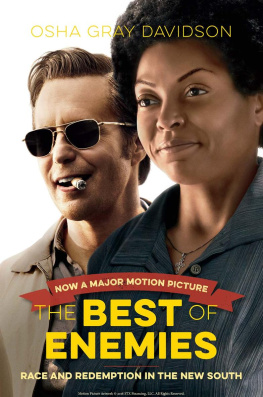
![Ruta SHepetis - Ashes in the Snow [aka Between Shades of Gray]](/uploads/posts/book/861085/thumbs/ruta-shepetis-ashes-in-the-snow-aka-between.jpg)

